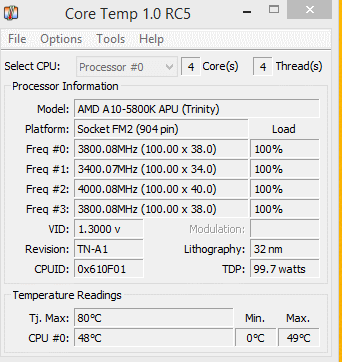TDP is defined as an average power draw over a (defined) period of time, not as peak power consumption.
TDP is the maximum sustainable power consumption within certain parameters (like temperature), a worst case scenario when running commercial applications. It only breaks TDP in thermally insignificant spikes. This is true for processors without Turbo. Processors with Turbo breach TDP specs when using turbo, but it scales back to standard levels once thermal headroom runs out.
We can only say that AMD is breaching their TDP specs with their FX line because MSI went on record to say that they were indeed breaching it. They should have all the parameters needed to calculate TDP, the thermal datasheet, and after running these calculations they reached the 140W number. As for the other AMD chips, we can't say for sure because nobody went on record saying and AMD refused to release the thermal datasheet for their post-bulldozer processors.
It's a mistake to get peak power consumption and say that AMD is breaching TDP specs, because we don't know how long this power spike last, but if a given AMD processor is consuming more power than the TDP for a thermally significant period of time, either we are operating the processor outside the planned envelope or AMD is indeed breaching their own TDP specs.
That said, it's pretty fishy to see current 45W processors of today consuming more juice than 45W processors of last year, one of the four happened:
- The measurements were taken using very different sets of components, leaving the comparison moot.
- Last year's processor consumes less than 45W
- Today's processor consumes more than 45W
- AMD changed the set of parameters used to calculate TDP in the new processor, rendering the comparison moot in the process.
Pick your choice.
Last edited:



